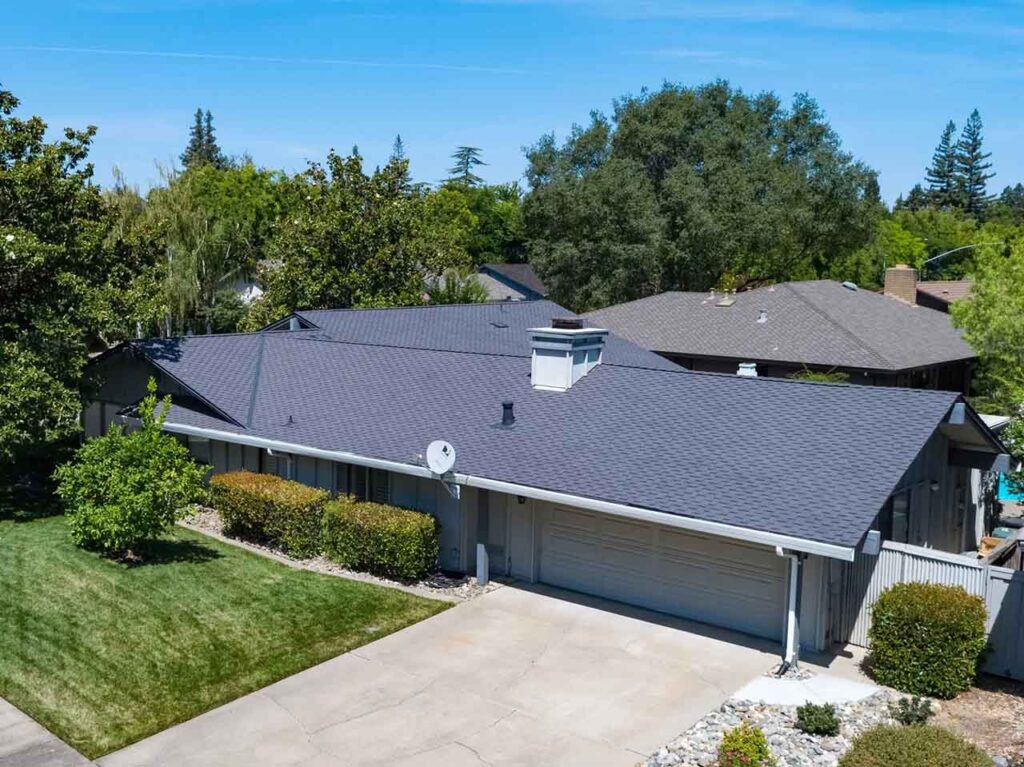Welcome to our comprehensive guide to residential roofing, where we explore the importance of enhancing curb appeal and energy efficiency. As experts in the field, we understand the significance of a well-maintained and aesthetically pleasing roof that also helps save energy. In this article, we will delve into various aspects of residential roofing, including materials, design, installation, and maintenance, all aimed at helping you achieve a beautiful and energy-efficient roof for your home.
The Role of Roofing in Curb Appeal
The roof is a prominent feature of any house, significantly contributing to its overall curb appeal. A visually appealing roof enhances the attractiveness and value of your home. When considering residential roofing options, it’s important to select materials and designs that complement the architectural style of your house.
Choosing the Right Roofing Materials
Selecting the right roofing materials is crucial to achieving both aesthetic appeal and energy efficiency. Here are some popular options:
- Asphalt Shingles: Widely used for their affordability and durability, asphalt shingles offer a versatile range of colors and styles to suit various architectural designs.
- Metal Roofing: Metal roofs are known for their longevity and sleek appearance. They are available in different metals, such as aluminum, copper, and steel, offering excellent durability and resistance to extreme weather conditions.
- Slate Tiles: If you’re aiming for a classic and elegant look, slate tiles are an excellent choice. They offer a timeless appeal and are highly durable, making them an ideal option for long-term beauty.
- Clay or Concrete Tiles: These roofing materials provide a distinctive Mediterranean or Spanish aesthetic and offer excellent thermal properties, helping to reduce energy consumption.
Roof Design and Architectural Considerations
In addition to the choice of materials, the design of your roof plays a significant role in enhancing curb appeal. Factors to consider include:
- Roof Pitch: The pitch or slope of the roof affects its visual appeal and its ability to shed water efficiently. Different architectural styles require specific roof pitches to maintain authenticity.
- Dormers and Skylights: Incorporating dormers or skylights can add character and natural light to your home. These features enhance the aesthetics of your roof while also providing functional benefits.
- Roof Accessories: Paying attention to the finer details, such as roof vents, chimneys, and gutters, contributes to a cohesive and visually pleasing roof design.
The Importance of Energy Efficiency
Beyond curb appeal, residential roofing also plays a crucial role in the energy efficiency of your home. A well-insulated and properly ventilated roof helps regulate indoor temperatures, reducing the need for excessive heating or cooling.
Insulation and Ventilation
Effective insulation prevents heat transfer, keeping your home cool in the summer and warm in the winter. Insulating materials such as foam, fiberglass, or cellulose are installed beneath the roof deck or within the attic space to create a thermal barrier.
Proper ventilation ensures the circulation of fresh air, preventing moisture buildup and mold growth. It also helps regulate temperature, reducing the strain on heating and cooling systems. Ridge vents, soffit vents, and gable vents are commonly used to achieve adequate ventilation on residential roofs.
Energy-Efficient Roofing Technologies
Advancements in roofing technology have led to the development of energy-efficient solutions. Here are a few examples:
- Cool Roofs: These roofs are designed to reflect more sunlight and absorb less heat, thereby reducing the cooling load on your home. Cool roof coatings and reflective materials help minimize heat transfer, making them a sustainable choice.
- Solar Panels: Installing solar panels on your roof allows you to harness the power of the sun and generate clean, renewable energy for your household. Solar energy not only reduces your carbon footprint but also leads to significant long-term cost savings.
Roofing Installation and Maintenance
To ensure the longevity and effectiveness of your residential roof, professional installation and regular maintenance are essential.
Professional Installation
Engaging the services of experienced roofing professionals is crucial for a successful installation. They possess the necessary expertise, tools, and safety knowledge to ensure your roof is installed correctly, adhering to industry standards and building codes.
Routine Maintenance
Regular roof maintenance is key to prolonging its lifespan and preventing potential issues. Here are some essential maintenance tasks:
- Inspecting for Damage: Regularly inspect your roof for signs of damage, such as cracked shingles, loose flashings, or water leaks. Addressing these issues promptly prevents further damage and more costly repairs.
- Cleaning Gutters: Clean your gutters regularly to prevent clogs and ensure proper water drainage. Clogged gutters can lead to water backup, which can damage your roof and compromise its integrity.
- Trimming Overhanging Trees: Overhanging tree branches can damage the roof and provide a pathway for pests. Trim branches that are too close to your roof to avoid potential problems.
Conclusion
Investing in a well-designed and energy-efficient residential roof not only enhances your home’s curb appeal but also contributes to long-term energy savings. By carefully selecting the right roofing materials, considering architectural elements, and focusing on energy efficiency, you can achieve a beautiful, durable, and environmentally friendly roof for your home.


